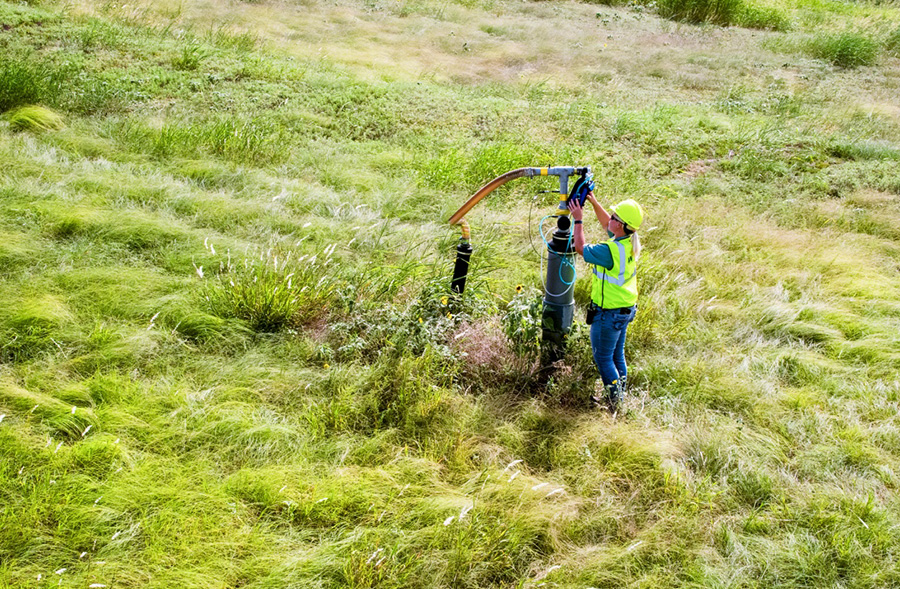What Drives WM Innovation
Focusing our operations to be sustainable for tomorrow requires investment in people and investment in new technologies. WM is always thinking ahead.
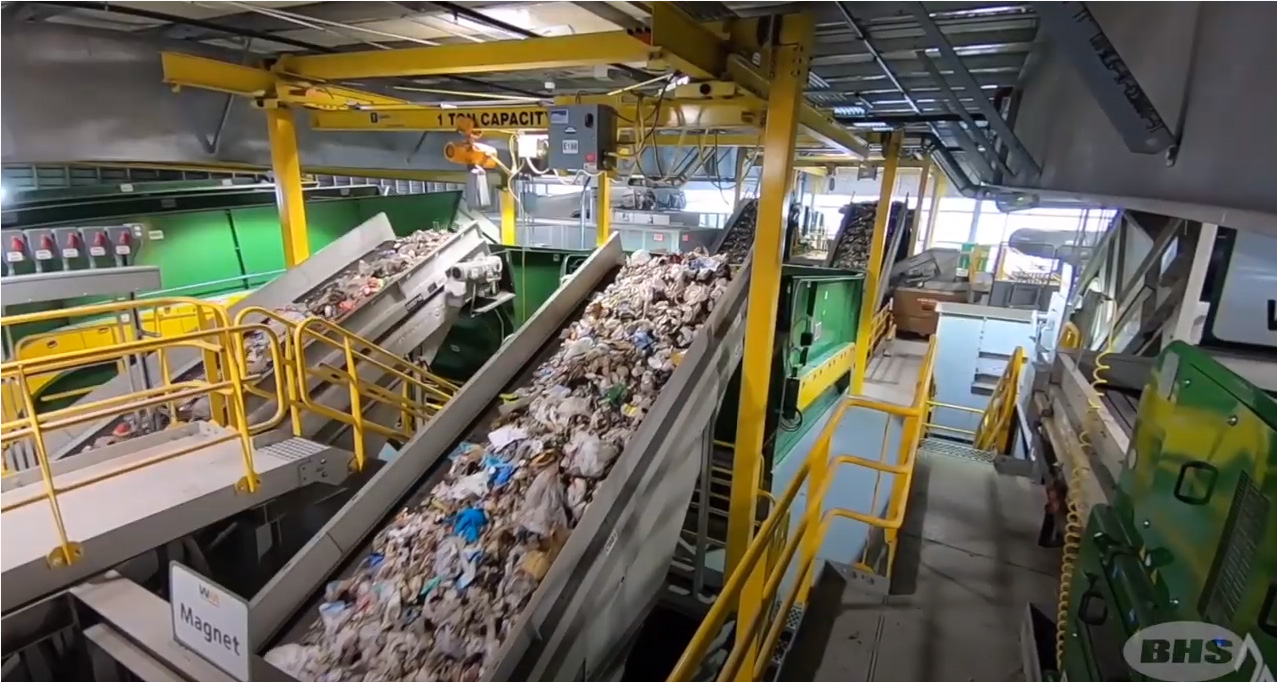
The OMRF extracts organic and recyclable materials mistakenly placed in the trash.
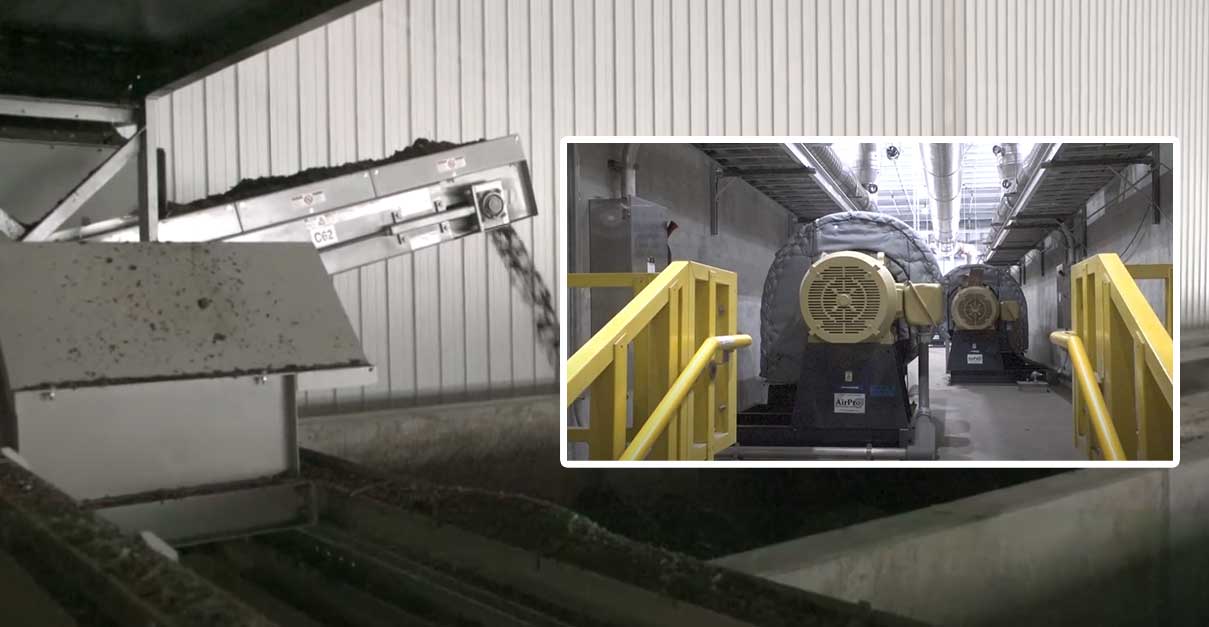
The OMCF composts organics and cellulous materials extracted from MSW and source separated commercial food scraps.
View a video about the OMRF and OMCF process.
New Technology Contributes to Full-Cycle Economy and GHG Reduction Goals
Davis Street Organic Material Recovery & Composting Facilities
California is a recognized sustainability leader and champion of climate action to reduce greenhouse gas emissions. To meet SB 1383’s 75% organics diversion goal by 2025 the traditional three-cart system can’t be the only diversion practice used to succeed.
WM has invested in a revolutionary back-end solution, adopted from the high-performing facilities in Europe to help reach this goal. The composting facility is expected to meet CalRecycle definition of Source Separated Organics Processing Facility and produce compost to the State’s Title 14 specifications for land application. Introducing the Davis Street integrated organics recovery and composting facilities:
Organic Material Recovery Facility (OMRF)
- Extracts organic as well as recyclable materials mistakenly left in the trash stream
- Recovers more than 80% organic materials and nearly 90% of recyclables otherwise destined for a landfill
- Processes 300,000 tons of MSW a year
- Is the most integrated Organics Recovery Facility in the U.S
- Complements source separated, three-stream system to achieve increased diversion
Organic Material Composting Facility (OMCF)
- Composts organics and cellulous materials extracted from MSW
- Processes source separated Commercial food for composting
- Manages up to 350 tons of material a day
- Uses the most advanced processing technology and controls to produce compost in 21-24 days
- Operates in a fully enclosed building using best available control technology (BACT) to capture and reduce GHG emissions
To discuss OMRF/OMCF processing for your jurisdiction, contact:
Eric Lynch | [email protected]
Director Public Sector Services
WM Northern California-Nevada
Smart Sorting – Recycling
Our materials recovery facilities (MRFs) use the most-advanced equipment to sort recyclables as precisely as possible.
Materials come into our MRFs and then pass through a vast array of efficient sorting mechanisms that reduce the chances of contaminants making it through.
Advanced optical sorters and digital technology quickly identify and sort items, minimizing the labor and time necessary to remove contaminated materials.
Our recycling facilities of the future are designed to produce clean feedstock for manufacturers to use to make new products and packaging that we use in our everyday lives.
A perfect example of our smart sorting technology is WM’s Sacramento Recycling and Transfer Station (SRT). SRT is Sacramento County’s one-stop-shop for waste disposal needs. It provides safe, reliable and environmentally sustainable recycling and disposal services to county residents and beyond.
The 19-acre property combines four distinct operations under one roof using a staff of more than 130 employees to ensure waste is properly sorted to maximize diversion and help our communities reach California’s recycling goals.
SRT utilizes state-of-the-art machinery and sensors to separate recyclable materials that are delivered to the site through single-stream recycling collections. Waste Management recently invested more than $7 million to make SRT one of Sacramento County’s leading recycling centers.
View a video below of how SRT uses advanced sorting technologies.
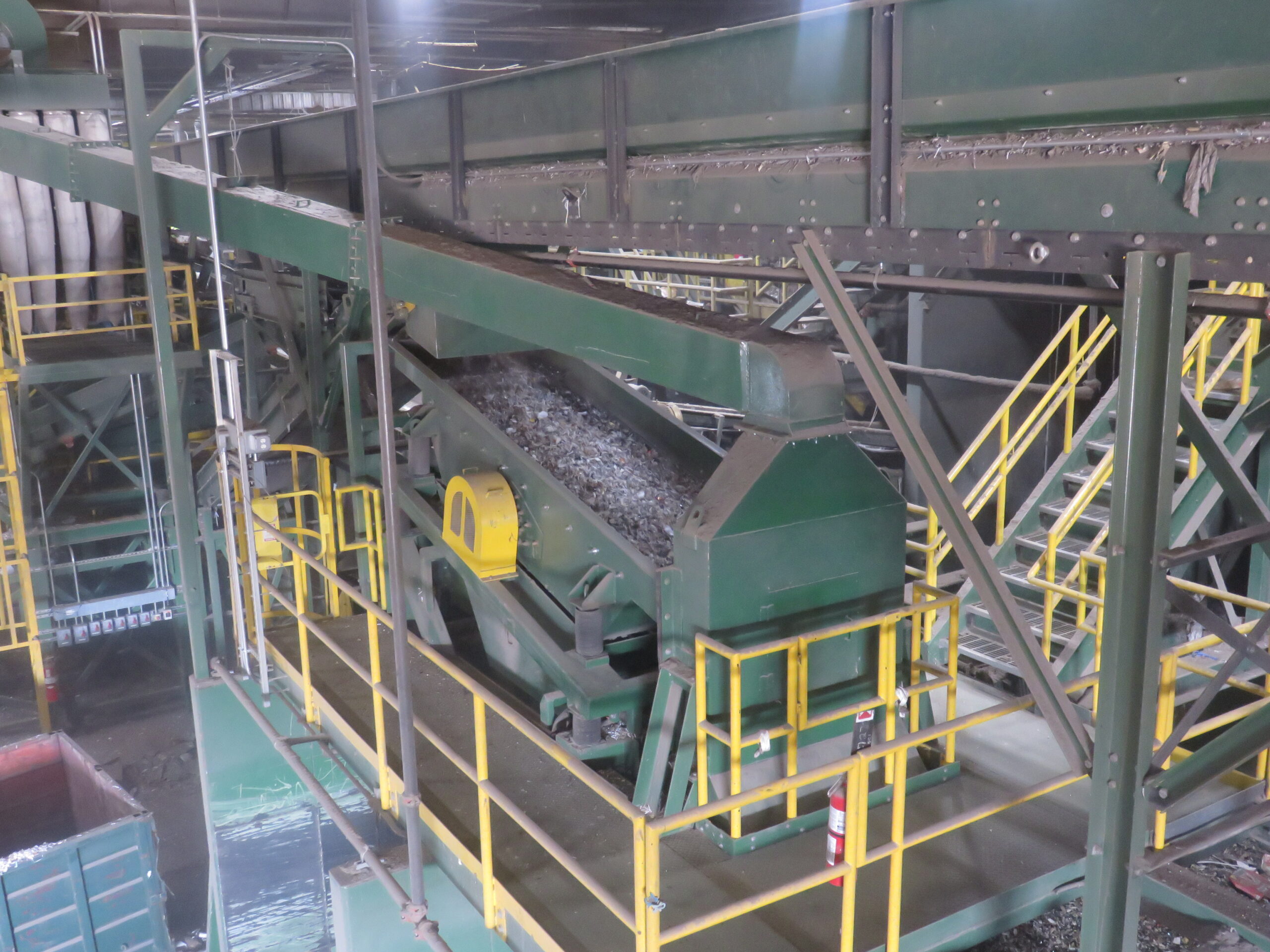
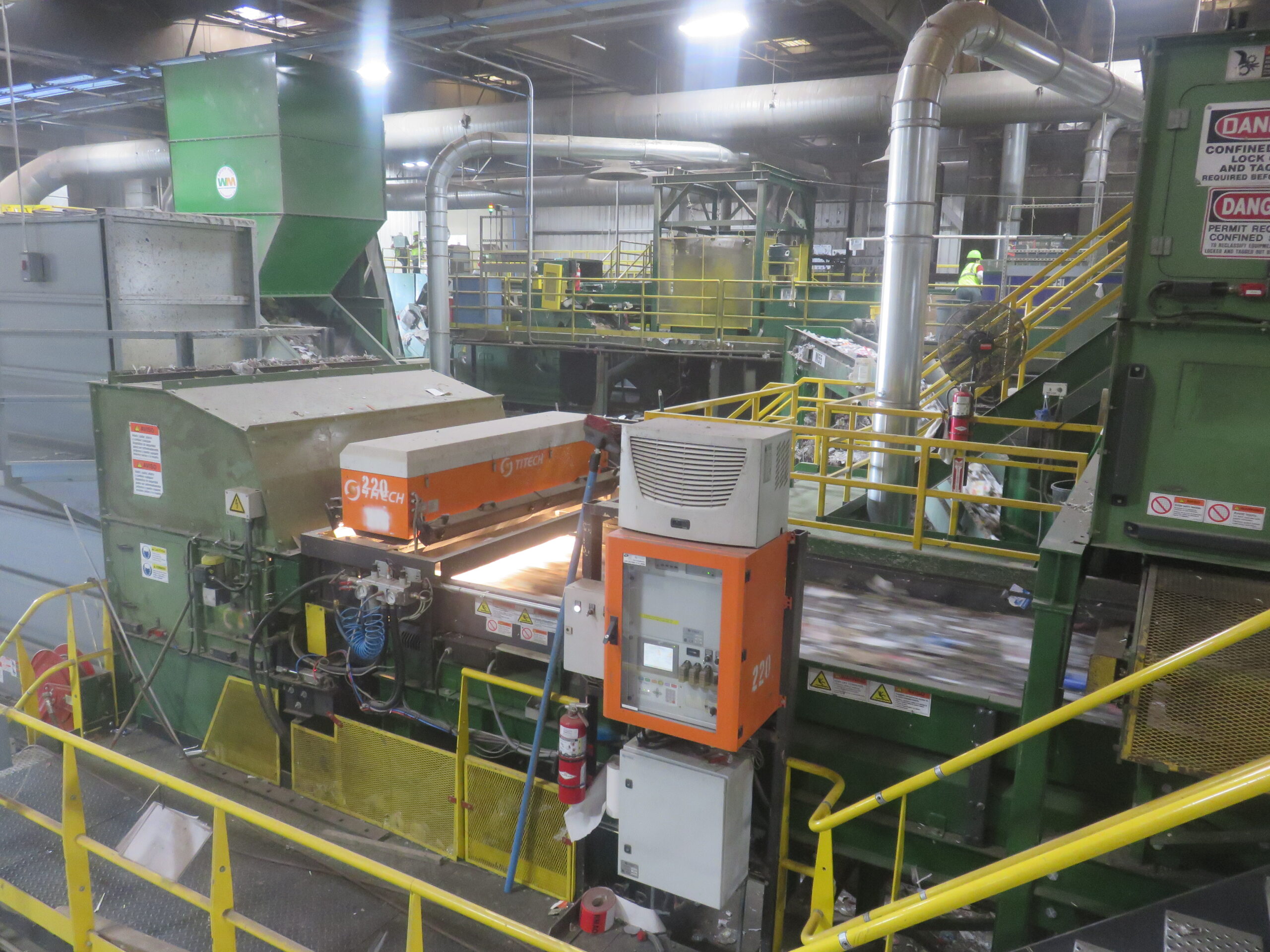
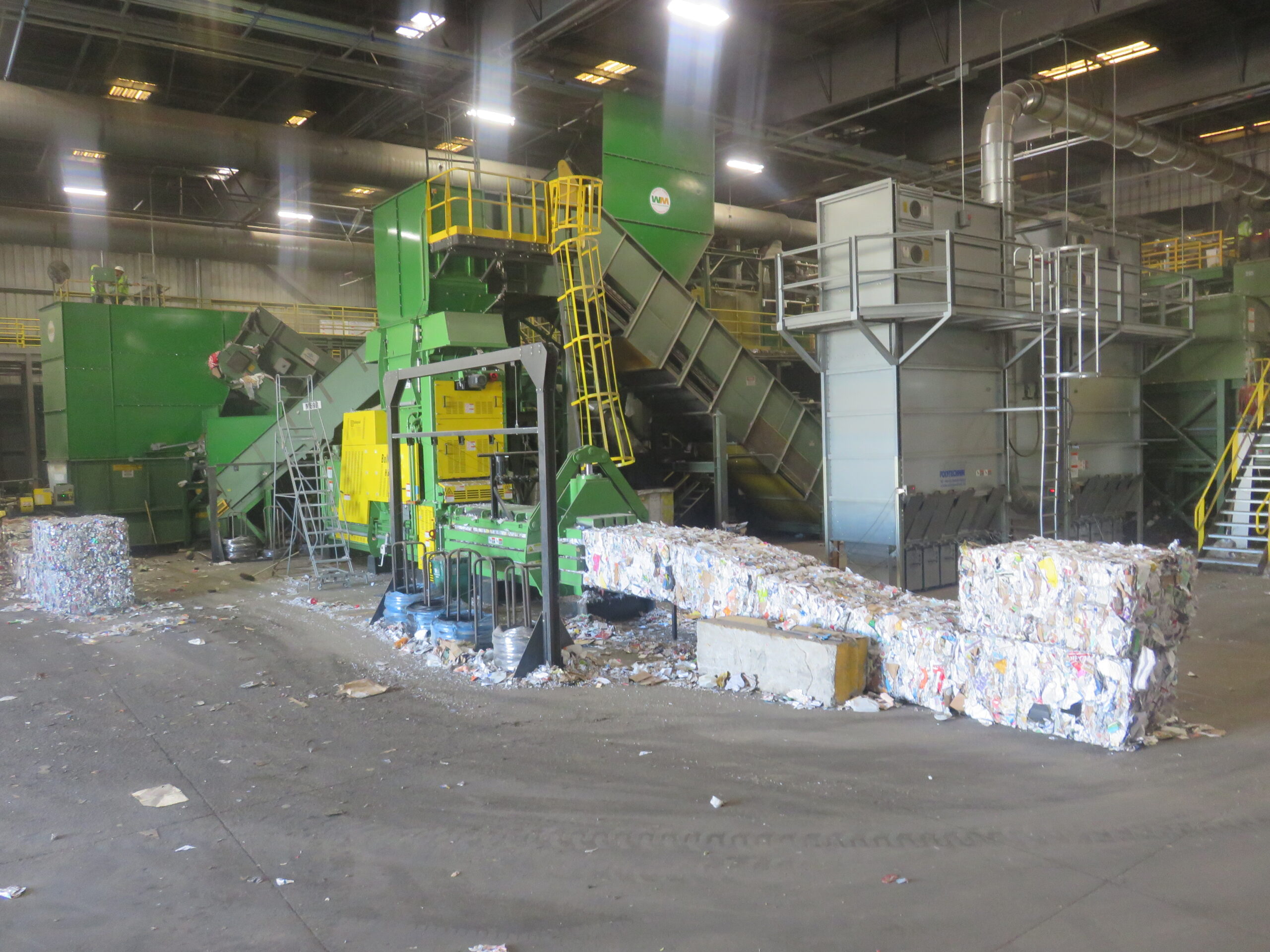
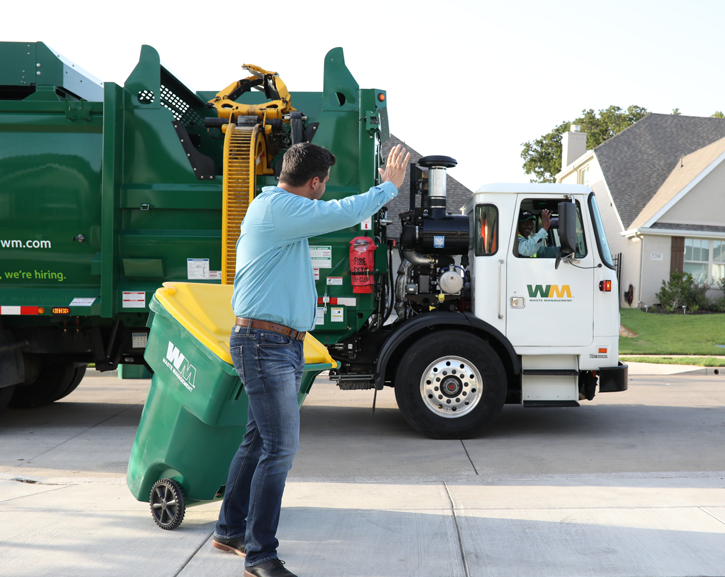
WM Smart Truck®
These camaras will help jurisdictions meet strict California mandates for diversion by ensuring that customers recycling right while also making our communities cleaner and safer by reducing litter and preventing overloaded carts from spilling debris.
Eventually, this technology will be used so you can pinpoint exactly where you collection truck is while it’s servicing the neighborhood. Learn more about Smart Truck®

View a video about one of our modern landfills in Altamont
Modern Landfills – Closing the Loop
Turning Organics Material into Compost
Many of our landfills and centers convert the collected organics material form homes and businesses and turn it into compost. As an example, the Altamont Landfill opened the first industrial Covered Aerated Static Pile (CASP) composting facility in Alameda County in April 2018. The long-awaited facility provides in-county processing of up to 500 tons per day of residential green waste co-collected with food waste. Over the course of a year, 156,000 tons of materials will be diverted from the Altamont Landfill to be processed into an estimated 346,7000 cubic yards of finished compost.
Modeled after the successful composting system at our sister facility at the Redwood Landfill in Marin County, the CASP features 45 computer-controlled, aerated bays on a 10-acre paved pad, capable of composting 200 tons of material each over the approximate 21-day cycle. Stormwater and contact water are contained in a dedicated lined pond and an additional 30 acres is set aside for compost curing. The state-of-the-art facility took more than five years to permit and build at the cost of $15 million.
WM Earthcare Homegrown Compost is made from local yard trimmings and residential food scraps at Redwood Landfill‘s Covered Aerobic Static Pile (CASP) composting facility. The facility composts nearly 130,000 tons of material annually, following the US Composting Council’s Testing Assurance protocol. Homegrown Compost is approved for organic farming by the Organic Materials Review Institute (OMRI) and is a California Department of Food and Agriculture certified Organic Input Material.
Turning Waste into Natural Gas
NCN built one of the industry’s first renewable landfill gas to electricity plants at the Altamont in 1987. Today, it generates enough electricity to power the equivalent of 8,000 homes annually as well the daily operation of the Altamont’s acclaimed landfill gas to liquefied natural gas (LNG) plant.
Read more about Landfill Gas to Energy in our Sustainability Section
